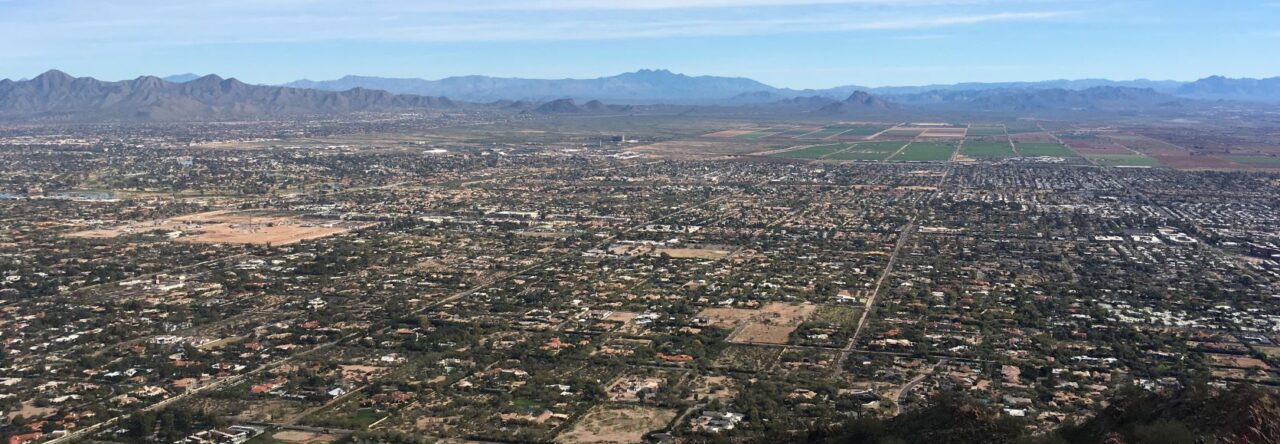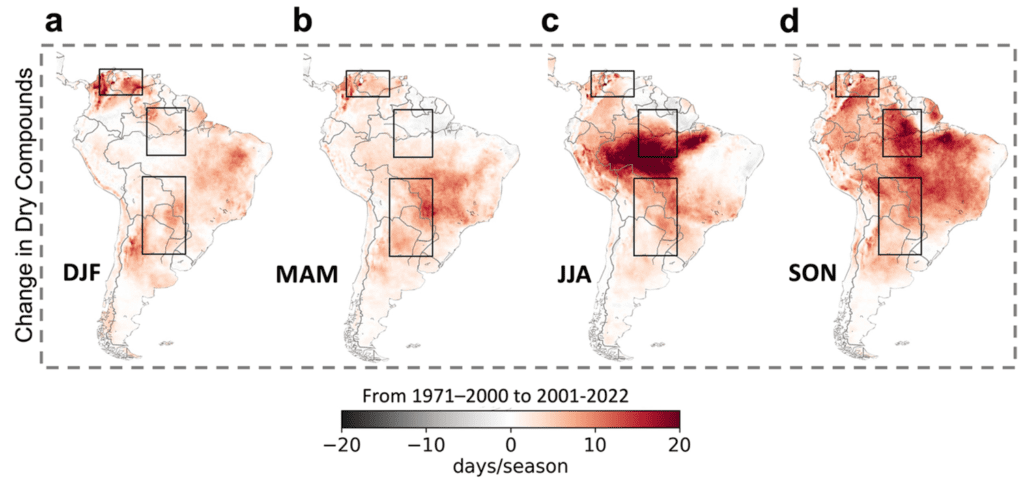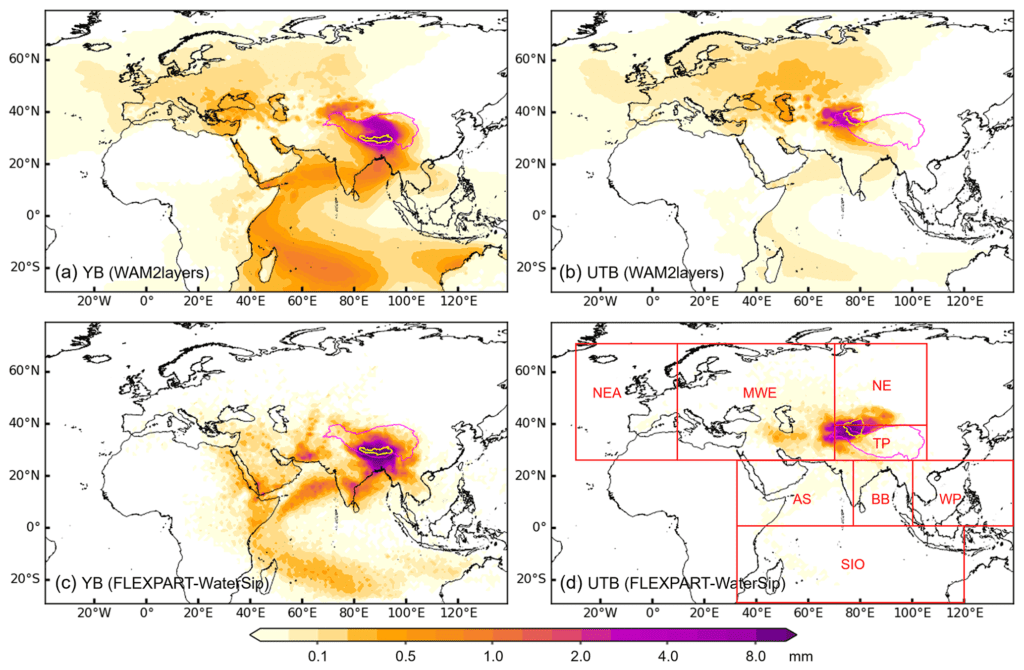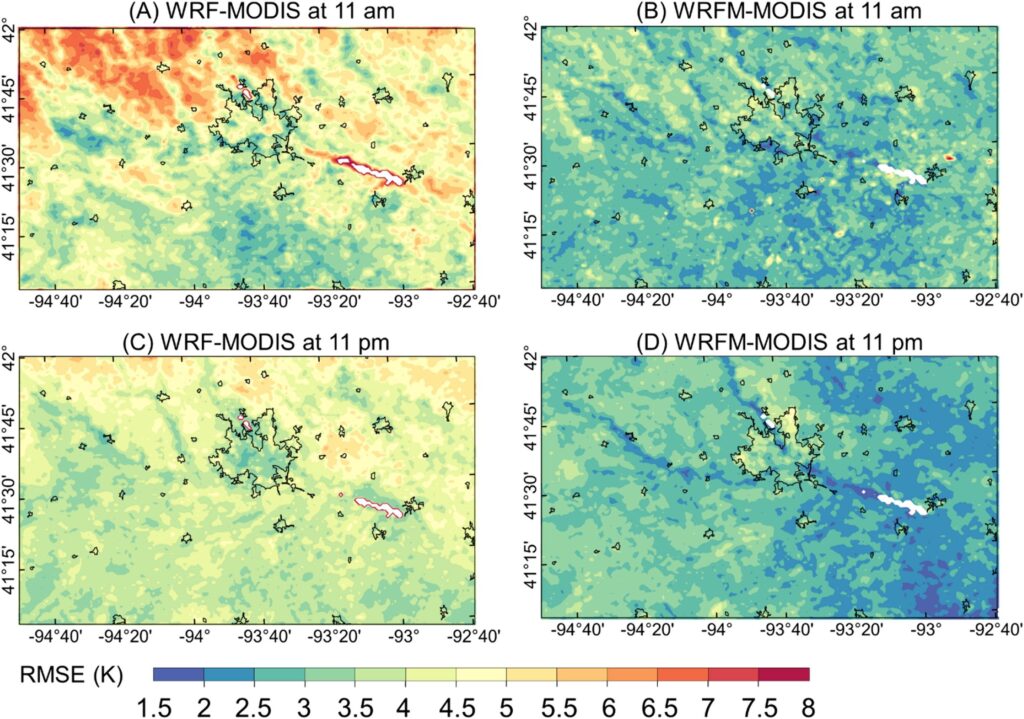Our new paper, “The water balance representation in Urban-PLUMBER land surface models“, is published in Journal of Advances in Modeling Earth Systems (IF: 4.4).
The paper can be downloaded at https://agupubs.onlinelibrary.wiley.com/doi/full/10.1029/2024MS004231.
Authors: H. J. Jongen, M. Lipson, A. J. Teuling, S. Grimmond, J.-J. Baik, M. Best, M. Demuzere, K. Fortuniak, Y. Huang, M. G. De Kauwe, R. Li, J. McNorton, N. Meili, K. Oleson, S.-B. Park, T. Sun, A. Tsiringakis, M. Varentsov, C. Wang, Z.-H. Wang, G. J. Steeneveld
Abstract: Urban Land Surface Models (ULSMs) simulate energy and water exchanges between the urban surface and atmosphere. However, earlier systematic ULSM comparison projects assessed the energy balance but ignored the water balance, which is coupled to the energy balance. Here, we analyze the water balance representation in 19 ULSMs participating in the Urban-PLUMBER project using results for 20 sites spread across a range of climates and urban form characteristics. As observations for most water fluxes are unavailable, we examine the water balance closure, flux timing, and magnitude with a score derived from seven indicators expecting better scoring models to capture the latent heat flux more accurately. We find that the water budget is only closed in 57% of the model-site combinations assuming closure when annual total incoming fluxes (precipitation and irrigation) are within 3% of the outgoing (all other) fluxes. Results show the timing is better captured than magnitude. No ULSM has passed all water balance indicators for any site. Models passing more indicators do not capture the latent heat flux more accurately refuting our hypothesis. While output reporting inconsistencies may have negatively affected model performance, our results indicate models could be improved by explicitly verifying water balance closure and revising runoff parameterizations. By expanding ULSM evaluation to the water balance and related to latent heat flux performance, we demonstrate the benefits of evaluating processes with direct feedback mechanisms to the processes of interest.
DOI: https://doi.org/10.1029/2024MS004231
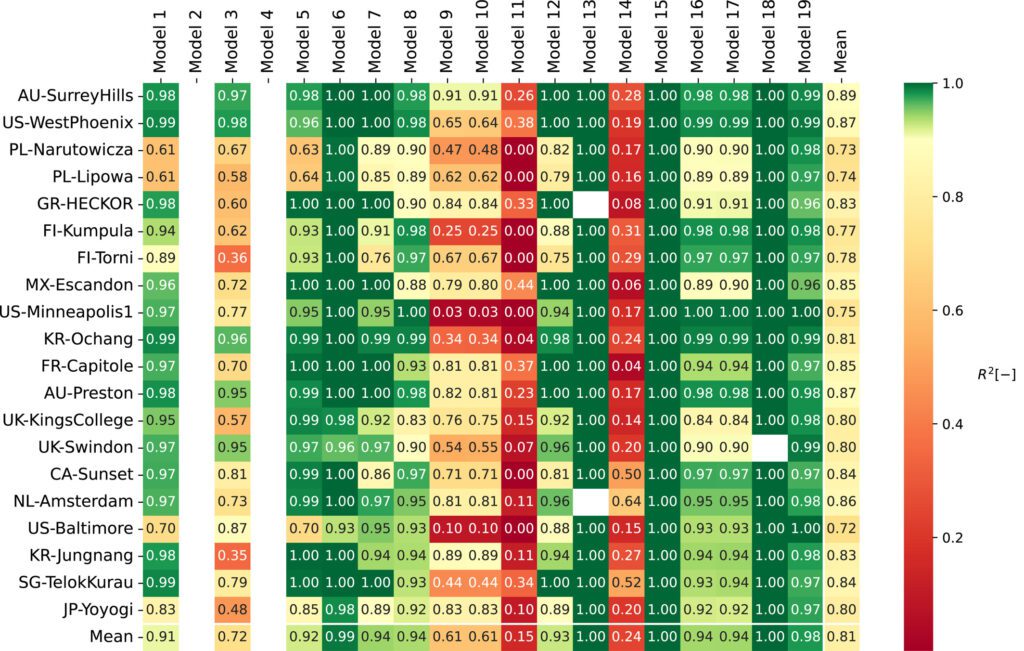
between (half-)hourly explicit and implicit water storage change by model and site. Green indicates the 0.9 IS,t threshold. Missing results are shown as white (i.e., cannot calculate explicit or implicit water storage change).
